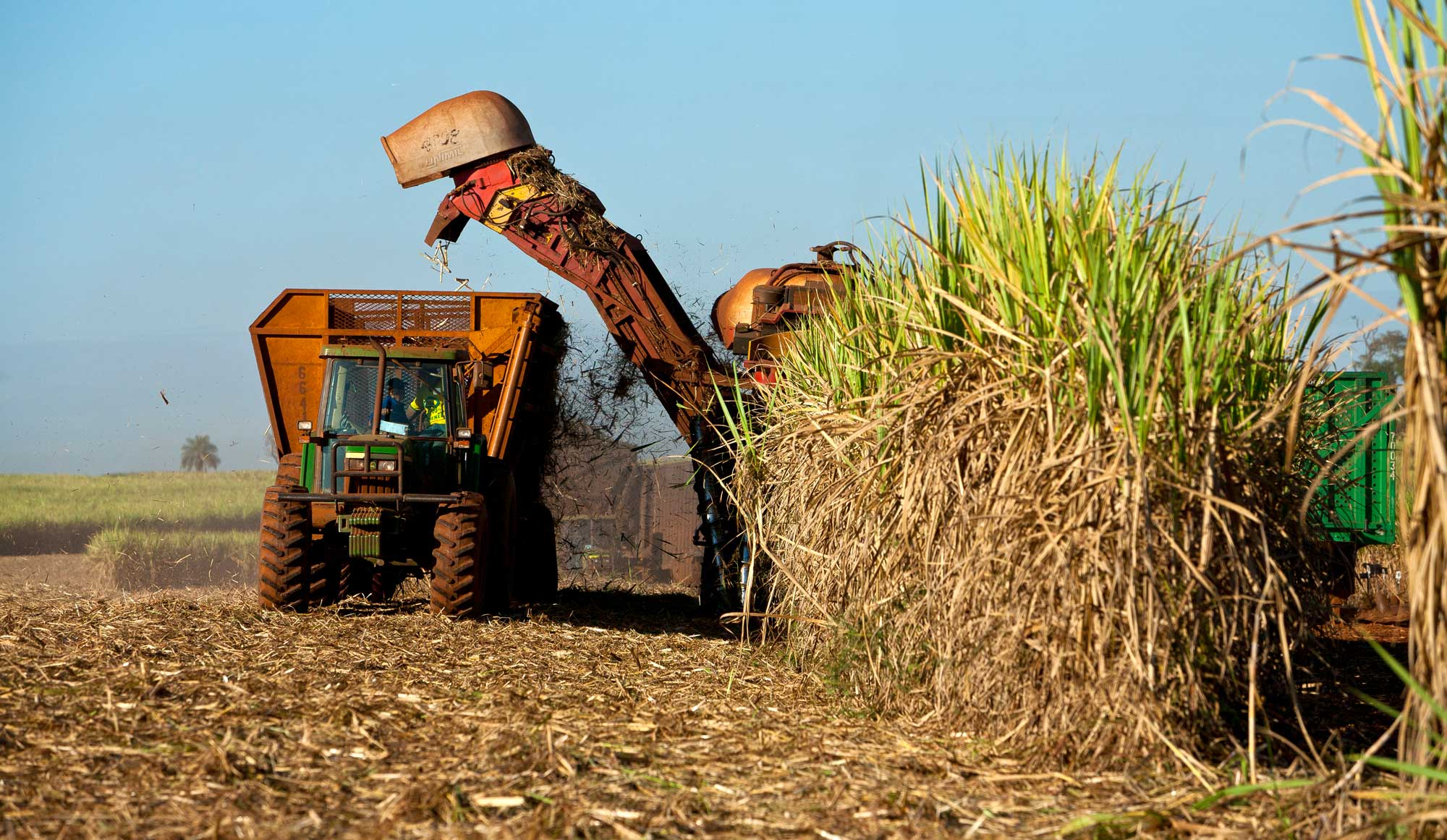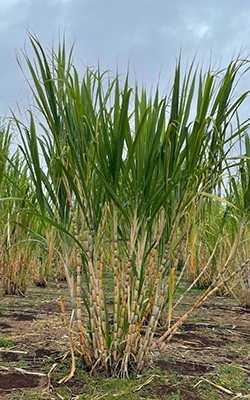Exploring the Total Line of Process Chemicals: What Are Sugar Canes Used For in Manufacturing?
Sugar walking canes play a critical function in different manufacturing procedures, serving as a flexible raw product. Their high sucrose material makes them crucial in the food market, while technologies in biofuels and biodegradable plastics highlight their prospective past typical usages. Additionally, sugar cane extracts are acquiring recognition in drugs and nutraceuticals for their health and wellness advantages. The multifaceted applications of sugar canes raise fascinating questions about their future in commercial sectors. What possibilities exist ahead?

The Trip of Sugar Walking Stick: From Field to Manufacturing facility
As the sun rises over substantial fields, the trip of sugar walking cane begins, marked by meticulous growing and collecting processes. Farmers select perfect varieties, making certain durable growth in suitable environments. Normal irrigation and nutrient management are important, advertising healthy stalks abundant in sucrose. When fully grown, the walking cane is gathered, frequently using mechanical cutters that efficiently collect the stalks.Once gathered, the sugar walking stick is delivered to processing centers where it undertakes washing and crushing to remove juice. This juice is then clarified, eliminating pollutants via sedimentation and purification. The clear liquid is concentrated by evaporation, and subsequently crystallized to generate raw sugar.Throughout this trip, quality assurance is paramount, ensuring that the end product fulfills market standards. The makeover of sugar walking stick right into raw sugar shows a complicated interplay of farming and manufacturing, establishing the phase for its varied applications in different sectors.
Biofuels: Harnessing Energy From Sugar Walking Stick
A considerable portion of the world's biofuel manufacturing is stemmed from sugar walking cane, which acts as a renewable resource source. This flexible plant is mostly refined to draw out sucrose, which can be fermented to generate ethanol. Ethanol acquired from sugar walking cane is not just a clean-burning gas alternative but likewise adds to reducing greenhouse gas discharges compared to standard nonrenewable fuel sources. In nations like Brazil, sugar walking cane biofuel has actually come to be a significant component of the energy matrix, powering cars and decreasing dependence on imported oil. The cultivation of sugar walking stick for biofuels likewise sustains country economies, giving work in farming and processing. Furthermore, the spin-offs of sugar cane processing, such as bagasse, are used in energy generation, more boosting the sustainability of the production cycle. Generally, sugar walking cane biofuels stand for an appealing opportunity for attaining power self-reliance while promoting environmental stewardship.
Naturally degradable Plastics: The Lasting Solution
What happens if the remedy to the international plastic situation lies in biodegradable alternatives? Biodegradable plastics, derived from renewable energies such as sugar walking sticks, present an ingenious method to minimizing plastic waste. Unlike standard plastics, which can take centuries to break down, these environmentally friendly products break down normally, reducing ecological impact.The production of biodegradable plastics entails making use of sugars from sugar walking sticks to create polylactic acid (PLA) and various other biopolymers. These materials keep comparable performance to standard plastics, making them ideal for different applications, including product packaging, tools, and farming films.As consumers and sectors shift toward sustainability, eco-friendly plastics provide an engaging alternative. They not just minimize reliance on fossil gas but additionally support a circular economy by going back to the earth without leaving dangerous residues. The raising demand for such materials indicates a substantial action toward addressing the pushing demand for even more lasting production solutions when faced with ecological challenges.
Sugar Walking Cane Removes in Nutraceuticals and drugs

The Future of Sugar Walking Cane in Industrial Applications
As markets remain to look for sustainable and lasting resources, sugar walking cane is positioned to play an essential function in numerous industrial applications past its traditional usage in sugar production. Its biomass provides a renewable source for biofuels, lowering reliance on nonrenewable fuel sources and contributing to lower carbon exhausts. Furthermore, sugar walking stick's byproducts, such as bagasse and molasses, are being explored for their capacity in bioplastics and eco-friendly materials, addressing the growing need for eco friendly packaging solutions.Research is likewise underway to improve the effectiveness of sugar walking cane derivatives in various fields, including fabrics, cosmetics, and construction. By taking advantage of the distinct buildings of sugar walking cane, manufacturers can develop innovative items that line up with consumer preferences for sustainability. As innovation advances, the adaptability of sugar cane will likely increase, solidifying its placement as a principal in the change toward a much more lasting industrial landscape.

Regularly Asked Concerns
What Is the Refine of Refining Sugar Cane Into Sugar?
The process of refining sugar walking cane right into sugar includes harvesting, crushing to remove juice, making clear the juice, vaporizing water, taking shape sugar, and finally drying and packaging the refined item for circulation and intake. (What Are Sugar Canes Used For)
Just How Does Sugar Walking Cane Influence Citizen Economies?
Sugar walking cane significantly influences neighborhood economic situations by developing work, boosting farming production, and producing earnings via exports. Its farming supports tiny farmers and regional companies, promoting community development and improving general financial security in sugar-producing areas.
Are There Any Ecological Interest In Sugar Walking Stick Farming?
Ecological worries connected with sugar walking cane farming consist of deforestation, dirt deterioration, water usage, dig this and pesticide drainage (What Are Sugar Canes Used For). These concerns impact regional ecological communities and add to environment modification, prompting require more sustainable agricultural practices within the market
What Are the Nutritional Advantages of Sugar Walking Cane?
The check that dietary advantages of sugar walking cane include its abundant material of vitamins, antioxidants, and minerals. It gives all-natural energy, supports hydration, and may assist food digestion, contributing positively to overall wellness when consumed in small amounts.
How Does Sugar Cane Contrast to Other Crops in Sustainability?
Sugar walking stick shows greater sustainability contrasted to lots of crops because of its reliable use of land and water sources, capacity to generate biofuels, and possibility for carbon sequestration, contributing positively to environmental health and agricultural methods. When fully grown, the walking stick is harvested, frequently making use of mechanical cutters that successfully collect the stalks.Once accumulated, the sugar walking stick is carried to refining facilities where it undergoes cleaning and grating to extract juice. Unlike conventional plastics, which can take centuries to break down, these green products damage down naturally, lessening ecological impact.The production of biodegradable plastics includes making use of sugars from sugar canes to create polylactic acid (PLA) and other biopolymers. Commonly acknowledged for their function in sugar manufacturing, sugar cane essences are increasingly locating applications in the nutraceutical and pharmaceutical markets. As markets continue to seek eco-friendly and sustainable sources, sugar cane is poised to play a critical role in different commercial applications past its conventional use in sugar production. Furthermore, sugar walking cane's by-products, such as bagasse and molasses, are being discovered for their possibility in bioplastics and naturally degradable products, resolving the growing need for environmentally pleasant packaging solutions.Research is likewise underway to boost the performance of sugar cane by-products in numerous industries, consisting of textiles, cosmetics, and building and construction.
Comments on “From Drinks to Biofuels: What Are Sugar Canes Used For in the Beverage World”